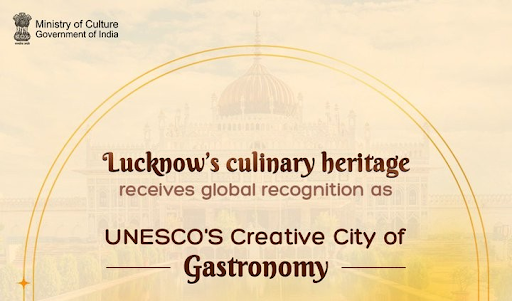Description

Disclaimer: Copyright infringement not intended.
Context
- Bihar Heritage Development Society (BHDS) and Cardiff University are using satellite images and ground surveys to find ancient treasures buried under this UNESCO World Heritage site.
Details
- Under the project 'Archaeology on the footsteps of the Chinese traveller Xuanzang,' BHDS and Cardiff University are working together.
- They aim to investigate and document historical sites mentioned in Xuanzang's travels. Their goal is to reconstruct the ancient landscape and buildings related to Buddhism in the area.
Mahabodhi Temple
- The Mahabodhi Temple, also known as Mahābodhi Mahāvihāra, is situated in Bodh Gaya, Bihar.
- It is a UNESCO World Heritage Site and is revered as the place where Gautama Buddha attained enlightenment.
- Bodh Gaya is located 15 km from Gaya and approximately 96 km from Patna, making it a significant pilgrimage site for Buddhists worldwide.
Architectural Influence
- The Mahabodhi Temple is one of India's early surviving examples of brick structures, showcasing significant architectural evolution over centuries.
- It features sculpted stone balustrades, notable for their early stone relief sculptures, reflecting the artistic achievements of the late Gupta period.

Historical and Spiritual Significance
- The temple holds direct associations with the life of Lord Buddha (566-486 BC), revered as the site of his enlightenment in 531 BC under the Bodhi Tree.
- Emperor Asoka's pilgrimage around 260 BC led to the construction of the first temple at the Bodhi Tree site, marking its historical importance in Buddhism.
- Elements of the site trace back to the time of Emperor Ashoka (died c. 232 BCE).
- The current visible structures date back to the 6th century CE, with potential incorporations from earlier periods, possibly as early as the 2nd or 3rd century CE.
- Archaeological discoveries indicate continuous Buddhist veneration at the site since the Mauryan period, highlighting its enduring spiritual importance.
Layout and Sacred Places
- Situated at the heart of Bodh Gaya, the temple complex encompasses the main temple and six sacred sites within a walled enclosure.
- A seventh sacred place, the Lotus Pond, lies just outside the southern boundary of the enclosure.
Architectural Features
- The temple complex includes the Vajrasana, believed to date to the third century BCE, situated within the main temple.
- Original sculptural elements, including a stone railing wall, have been moved to a nearby museum, with replicas in their place due to preservation efforts.
- Despite its construction primarily using brick and stucco, the temple has survived remarkably well over the centuries, showcasing early influences on Buddhist architecture.
Structural Details
- Notable features of the temple complex include two large straight-sided shikhara towers, the tallest of which stands over 55 meters (180 feet) high.
- This architectural style has influenced both Hindu and Jain temples, as well as Buddhist pagodas in other regions, highlighting its enduring impact on regional architectural traditions.
Key Sacred Sites
- The giant Bodhi Tree, west of the main temple, is believed to descend from the original Bodhi Tree under which Buddha attained enlightenment.
- The Animeshlochan Chaitya, north of the central path, is where Buddha spent the Second Week in prayer.
- Buddha's Third Week was spent in the Ratnachakrama (Jewelled Ambulatory), north of the main temple.
- The Ratnaghar Chaitya, northeast of the enclosure wall, marks the site of Buddha's Fourth Week.
- The Ajapala Nigrodh Tree, near the east entrance, is where Buddha meditated during his Fifth Week.
- The Sixth Week was spent near the Lotus Pond to the south of the enclosure, and the Seventh Week under the Rajyatana Tree, marked by a tree.
This intricate layout and historical significance make the Mahabodhi Temple Complex not only a center of pilgrimage but also a vital cultural and architectural heritage site of global importance.
|
PRACTICE QUESTION
Q. The Mahabodhi Temple, a UNESCO World Heritage Site in Bodh Gaya, is renowned for its ancient construction primarily made from:
A) Granite and limestone
B) Sandstone and terracotta
C) Brick and stucco
D) Marble and Stone
Answer:
C) Brick and stucco
|















